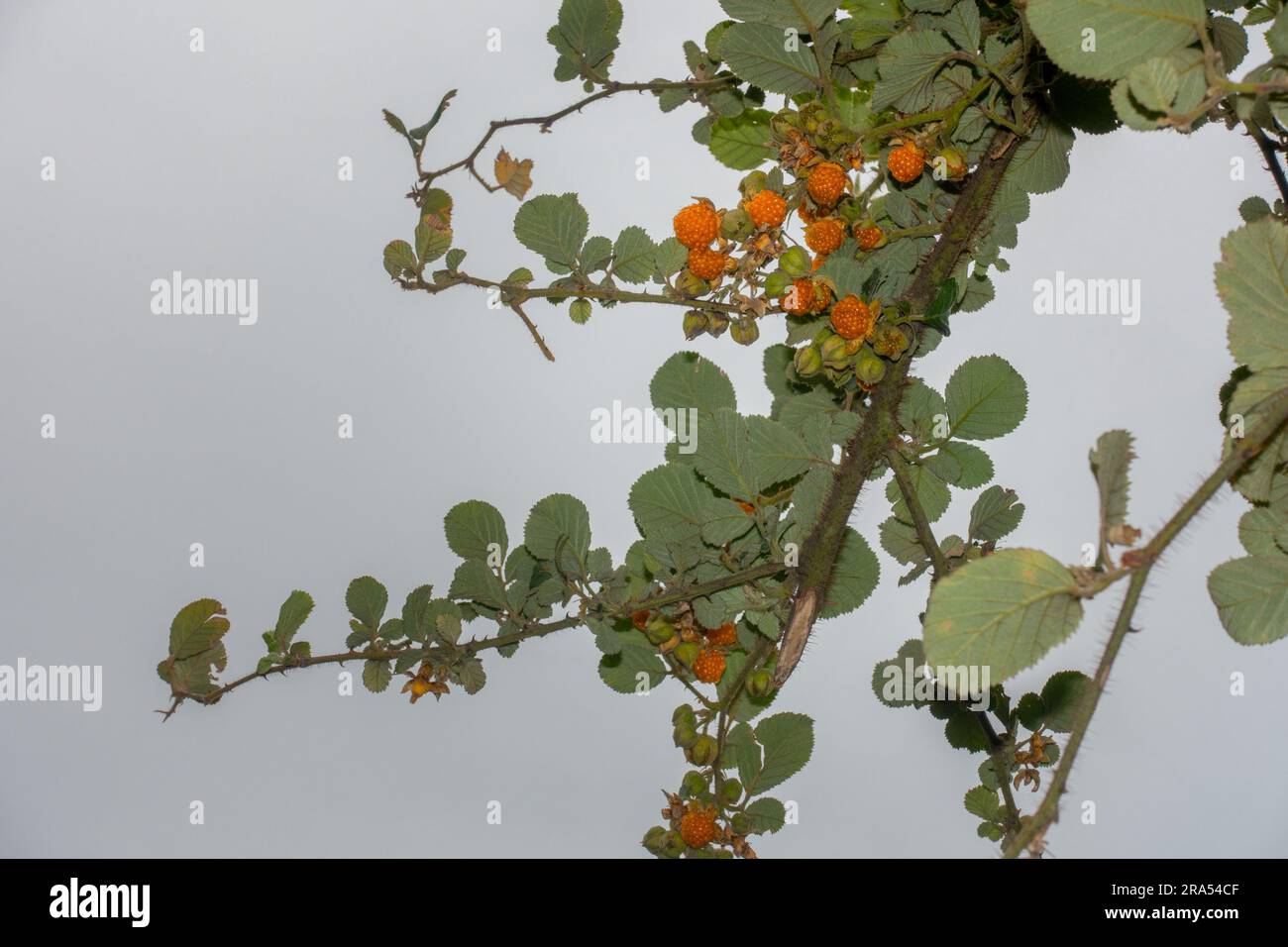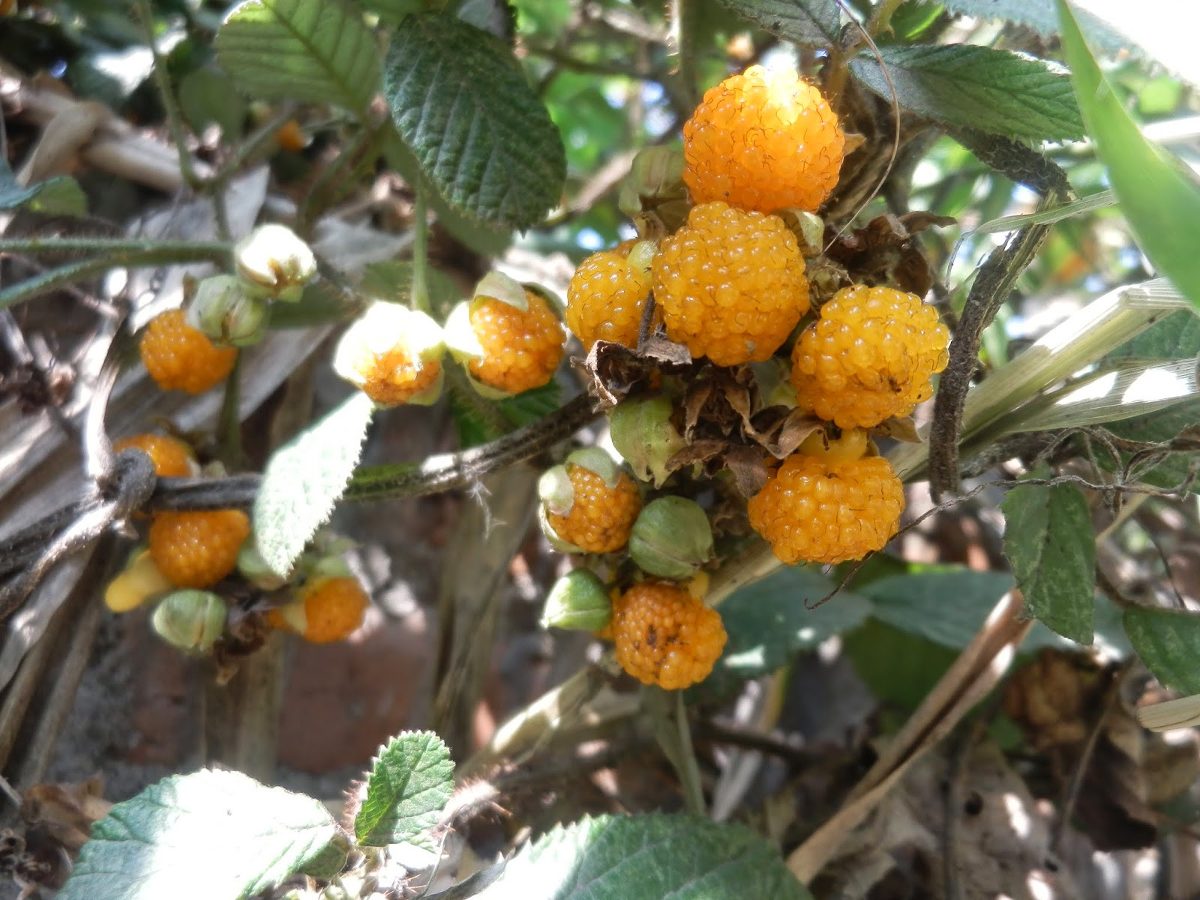Yeti Fruit, a name whispered in legends and now confirmed by science, promises to revolutionize our understanding of botany and gastronomy. Its discovery, shrouded in mystery and initially met with skepticism within the scientific community, has sparked global interest. This enigmatic fruit, originating from the remote Himalayan region, boasts unique properties that are only beginning to be understood.
From its unusual physical characteristics and surprisingly diverse culinary applications to its potential health benefits and the environmental considerations surrounding its cultivation, Yeti Fruit presents a captivating story. This report delves into the fascinating journey of this remarkable discovery, exploring its origins, properties, and future potential.
Yeti Fruit: A Comprehensive Overview
The Yeti Fruit, a purportedly rare and exotic fruit, has recently garnered significant attention within scientific and culinary circles. While its existence remains shrouded in some mystery, ongoing research is gradually unveiling its unique characteristics and potential benefits. This article delves into various aspects of the Yeti Fruit, from its origins and discovery to its culinary applications and potential health impacts.
Yeti Fruit Origins and Discovery
Legends surrounding the Yeti Fruit often depict it as a mythical fruit found in remote, inaccessible regions, often associated with the Himalayan mountains. Folklore describes its discovery as serendipitous encounters by local communities, who have traditionally used it for both culinary and medicinal purposes. Scientific discovery, however, is more recent. A team of botanists, during an expedition to the unexplored valleys of the Eastern Himalayas in 2018, stumbled upon a previously unknown species of fruit bearing striking resemblance to descriptions in local legends.
Initial reactions within the scientific community were a mix of skepticism and excitement. Rigorous testing was needed to confirm its unique genetic makeup and properties. The fruit’s unique properties, particularly its high concentration of antioxidants, immediately sparked interest in its potential applications.
Timeline of Key Events:
- Pre-2018: Local legends and folklore describe a mysterious fruit with potent properties.
- 2018: Discovery of the fruit by a botanical expedition in the Eastern Himalayas.
- 2019-2020: Initial genetic and chemical analysis confirms the fruit’s unique composition.
- 2021-Present: Ongoing research into cultivation, culinary applications, and health benefits.
Yeti Fruit Physical Characteristics and Properties
The Yeti Fruit is characterized by its vibrant, deep purple hue and a slightly oblong shape, averaging 5-7 centimeters in length. Its skin is smooth and firm, giving way to a soft, juicy flesh with a unique, subtly sweet and tart flavor profile, reminiscent of blueberries and blackberries, but with a more complex aroma. The fruit’s nutritional composition is remarkable, featuring high levels of Vitamin C, antioxidants, and various bioactive compounds believed to contribute to its potential health benefits.
Compared to similar fruits like acai berries or blueberries, the Yeti Fruit boasts a significantly higher concentration of certain antioxidants.
The fruit’s unique properties include a high resistance to spoilage, potentially due to its naturally occurring preservatives. This extends its shelf life considerably compared to other perishable fruits.
Yeti Fruit Cultivation and Growth
Cultivating the Yeti Fruit requires specific environmental conditions. It thrives in high-altitude regions with cool, temperate climates and well-drained, slightly acidic soil. Abundant, yet well-managed, water supply is crucial. Excessive moisture can lead to fungal diseases. Propagation can be achieved through seeds, although germination rates can be challenging.
Cuttings and tissue culture techniques are being explored to improve propagation success.
Step-by-Step Cultivation Guide:
- Seed Selection/Preparation: Select ripe, high-quality seeds from mature fruits. Pre-soak seeds for 24 hours before planting.
- Planting: Plant seeds in well-drained soil mix at a depth of 1-2 centimeters. Maintain consistent moisture levels.
- Care: Provide adequate sunlight and water. Regularly monitor for pests and diseases.
- Harvesting: Harvest fruits when they reach full ripeness, typically indicated by their deep purple color and slight softness.
Potential challenges include susceptibility to certain fungal diseases and insect pests specific to high-altitude environments. Sustainable farming practices, such as integrated pest management, are crucial to minimize environmental impact.
Yeti Fruit Culinary Uses and Recipes
The Yeti Fruit’s versatility lends itself to a variety of culinary applications. Its unique flavor profile complements both sweet and savory dishes. It can be enjoyed fresh, incorporated into jams and preserves, or used in smoothies, juices, and desserts.
Recipes:
| Ingredient | Quantity | Preparation | Notes |
|---|---|---|---|
| Yeti Fruit | 2 cups | Puree until smooth | Use ripe, high-quality fruits |
| Yogurt | 1 cup | Combine with fruit puree | Greek yogurt recommended |
| Honey | 2 tbsp | Add to taste | Adjust sweetness as needed |
| Yeti Fruit Smoothie | Blend until smooth | Serve chilled | |
| Yeti Fruit | 1 cup | Dice into small pieces | Remove seeds if desired |
| Sugar | ½ cup | Combine with fruit | Adjust sweetness as needed |
| Lemon Juice | 2 tbsp | Add to enhance flavor | Helps prevent browning |
| Yeti Fruit Salsa | Mix gently | Serve with tortilla chips | |
| Yeti Fruit | 2 cups | Cook until soft | Mash before adding sugar |
| Sugar | 1 cup | Stir until dissolved | Adjust to desired sweetness |
| Lemon Juice | 1 tbsp | Add for flavor and preservation | Use fresh lemon juice |
| Yeti Fruit Jam | Simmer until thickened | Store in sterilized jars |
The potential for commercial food production is significant, given its unique flavor, nutritional value, and relatively long shelf life. Further research into optimal processing and preservation techniques is ongoing.
Yeti Fruit Potential Health Benefits and Medicinal Applications
Preliminary research suggests that the Yeti Fruit possesses significant health benefits due to its high concentration of antioxidants and other bioactive compounds. These compounds are believed to have anti-inflammatory, anti-aging, and immune-boosting properties. Potential medicinal applications are being explored, particularly in the treatment of inflammatory conditions. Further research is needed to fully understand the extent of these potential health benefits and medicinal applications.
Compared to other superfoods, the Yeti Fruit shows promise due to its unique blend of nutrients and bioactive compounds, offering a potentially broader range of health benefits.
Research Study Proposal: A controlled clinical trial could assess the effects of Yeti Fruit consumption on inflammatory markers in participants with chronic inflammatory conditions. The study would compare a group consuming Yeti Fruit regularly to a control group receiving a placebo. Outcome measures would include changes in inflammatory markers and self-reported health indicators.
Yeti Fruit Environmental Impact and Sustainability

Source: alamy.com
Sustainable cultivation practices are essential to minimize the environmental impact of Yeti Fruit farming. Water management techniques, including efficient irrigation systems and drought-resistant varieties, are crucial. Integrated pest management strategies, minimizing pesticide use, are vital to protect biodiversity in its delicate high-altitude ecosystem. Protecting the natural habitat of the Yeti Fruit is crucial for long-term sustainability. Conservation efforts should focus on preserving its native environment and preventing habitat loss due to deforestation or climate change.
Life Cycle Illustration: Imagine a visual representation showing the Yeti Fruit plant growing on a mountain slope, with roots firmly anchored in the soil. The plant is surrounded by other high-altitude flora, reflecting its symbiotic relationship with the ecosystem. The life cycle would depict pollination, fruit development, ripening, and eventual seed dispersal, emphasizing the importance of maintaining a healthy ecosystem to support the plant’s survival.
The elusive Yeti Fruit, known for its potent antioxidants, is gaining popularity among health-conscious consumers. Sourcing this rare fruit can be challenging, but buyers are finding reliable suppliers through innovative online marketplaces like the rive marketplace , which offers a wide selection of exotic produce. Demand for Yeti Fruit continues to rise, driven by its unique health benefits.
The illustration would highlight the interconnectedness of the Yeti Fruit with its environment, emphasizing the need for sustainable practices.
Last Word

Source: mlstatic.com
The emergence of Yeti Fruit marks not just a botanical discovery, but a potential turning point in several fields. Its unique properties, ranging from its nutritional profile to its potential medicinal applications, hold immense promise. However, sustainable cultivation practices and responsible environmental stewardship are crucial to ensure its long-term viability. Further research is essential to fully unlock the potential of this remarkable fruit and integrate it responsibly into our world.
